Snake plants are famous for being low-maintenance, but if you want yours to truly thrive—stronger, greener, and faster growing—giving it the right nutrients can make a big difference. While store-bought fertilizers work well, many gardeners prefer natural options for their indoor plants. The good news is that you can make effective homemade fertilizers for snake plants using simple kitchen scraps like coffee grounds, banana peels, eggshells, and more.
In this article, we’ll explore the best DIY fertilizer options and how to use them safely without risking root rot or overfeeding.

Do Snake Plants Really Need Fertilizers?
Snake plants are slow growers and don’t need frequent feeding. However, if the leaves look pale, weak, or thin, or if you want to encourage new shoots and stronger roots, a little boost from natural fertilizer can help.
The best time to feed snake plants is during their growing season (spring to early autumn). In winter, reduce or stop fertilization completely as the plant goes dormant.
Also Read- How to Revive a Dying Snake Plant: Home Remedies That Work
Best Homemade Fertilizers for Snake Plants
Let’s take a look at natural, nutrient-rich options you can find right in your kitchen:
1. Coffee Grounds
Benefits:
- Rich in nitrogen, which supports leaf growth
- Improves soil texture and drainage when used correctly
How to Use:
- Dry the used coffee grounds completely.
- Mix a small amount (1–2 tablespoons) into the topsoil once every 4–6 weeks.
- Alternatively, soak 1 tablespoon of grounds in 1 liter of water overnight to make a liquid feed.
Caution: Never apply wet coffee grounds directly—they can compact the soil and promote mold or fungus.
2. Banana Peels
Benefits:
- High in potassium and phosphorus, which aid root strength and disease resistance
- Encourages healthy new growth
How to Use:
- Banana Peel Water: Soak chopped banana peels in water for 2–3 days, then use the water to feed your snake plant.
- Banana Peel Powder: Dry the peels, grind into a powder, and mix a small amount into the soil.
This gentle fertilizer is especially useful for rejuvenating a weak or slow-growing plant.
3. Eggshells
Benefits:
- Provides calcium, essential for strong leaf structure and preventing nutrient deficiencies
How to Use:
- Rinse and dry eggshells completely.
- Crush them into a fine powder using a blender or mortar and pestle.
- Sprinkle on top of the soil or mix into the potting mix.
This is a slow-release option and works best as a long-term supplement.
4. Vegetable Cooking Water
Benefits:
- Contains minerals like potassium and magnesium from boiled veggies
- Hydrates and feeds the plant at the same time
How to Use:
- Let the water cool down completely.
- Use it once every 2–3 weeks to water your snake plant.
Note: Do not use salted or oily water. Only plain, unsalted boiled vegetable water is suitable.
5. Compost Tea
Benefits:
- Boosts microbial activity in soil
- Provides balanced nutrients for root and leaf growth
How to Use:
- Add a handful of mature compost to a cloth bag or mesh strainer.
- Soak in water for 24 hours.
- Use the resulting tea to water your plant.
This is one of the safest, most well-rounded organic fertilizers for indoor plants like snake plants.
6. Rice Water
Benefits:
- A mild source of nitrogen, phosphorus, and potassium
- Encourages healthy foliage
How to Use:
- Rinse uncooked rice and collect the water.
- Use immediately to water the soil—not too frequently, once every 2–3 weeks is enough.
Avoid fermented rice water—it can create a strong odor and harm indoor plants.
7. Epsom Salt Solution
Benefits:
- Supplies magnesium and sulfur
- Improves leaf color and root absorption of nutrients
How to Use:
- Mix 1 tablespoon of Epsom salt in 1 liter of water.
- Use as a foliar spray or soil drench once a month during the growing season.
Don’t overuse—too much magnesium can affect the plant’s nutrient balance.
Also Read- 5 Mistakes to Avoid When Growing Snake Plants in UAE’s Hot Weather
Tips for Feeding Snake Plants Safely
- Less is more: Snake plants don’t need heavy feeding. Over-fertilizing can burn roots and yellow the leaves.
- Dilute when in doubt: Always dilute any liquid fertilizer to half-strength to avoid stress.
- Watering matters: Only feed when the soil is dry to avoid waterlogged conditions.
- Observe and adjust: If the leaves turn brown or soft after fertilizing, stop immediately and flush the soil with plain water.
What to Avoid in Homemade Fertilizers
While DIY fertilizers can be safe and effective, avoid using:
- Milk or dairy products (they can rot and attract pests)
- Grease or oily food scraps
- Citrus peels (too acidic)
- Raw meat or bones
Stick to clean, plant-safe ingredients to keep your indoor space fresh and your plant safe.
Final Thoughts
Homemade fertilizers are an eco-friendly and cost-effective way to nourish your snake plant. With natural ingredients like coffee grounds, banana peels, and eggshells, you can provide a gentle nutrient boost that promotes lush, healthy growth. Always remember to apply in moderation, observe how your plant responds, and adjust as needed.
A thriving snake plant doesn't need chemicals to shine—just a little love and a few kitchen scraps can go a long way.


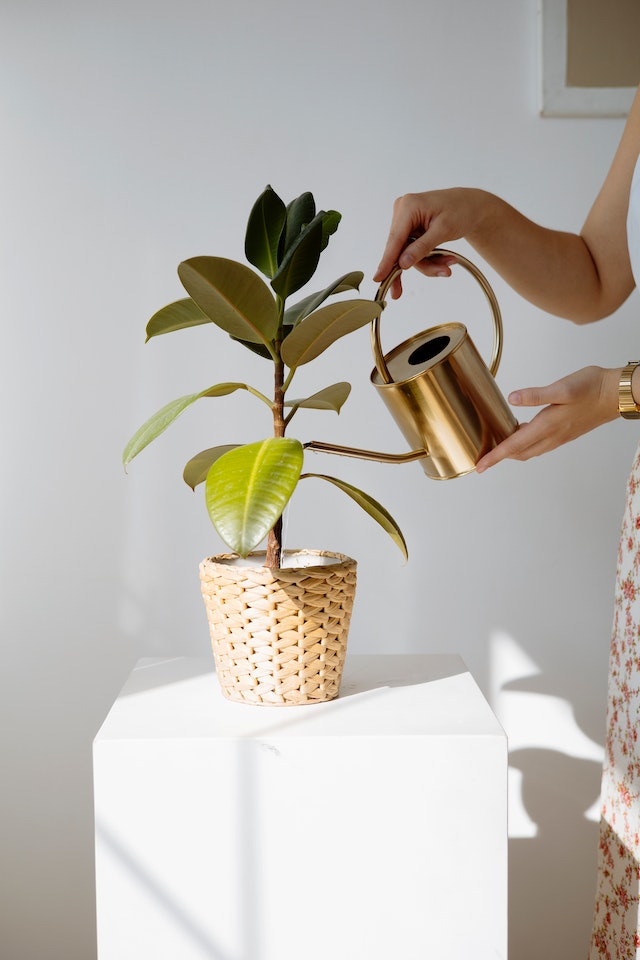


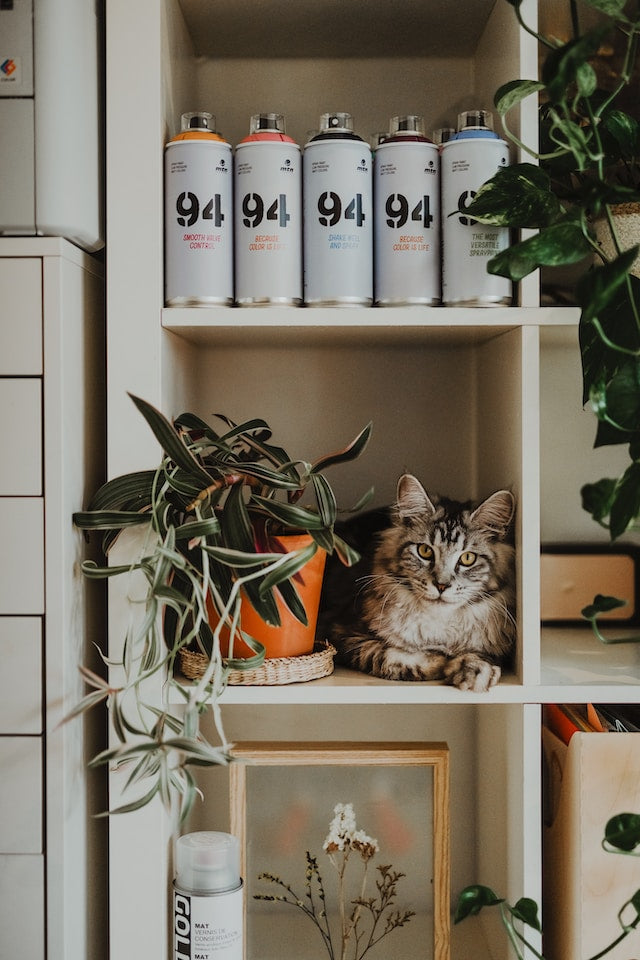

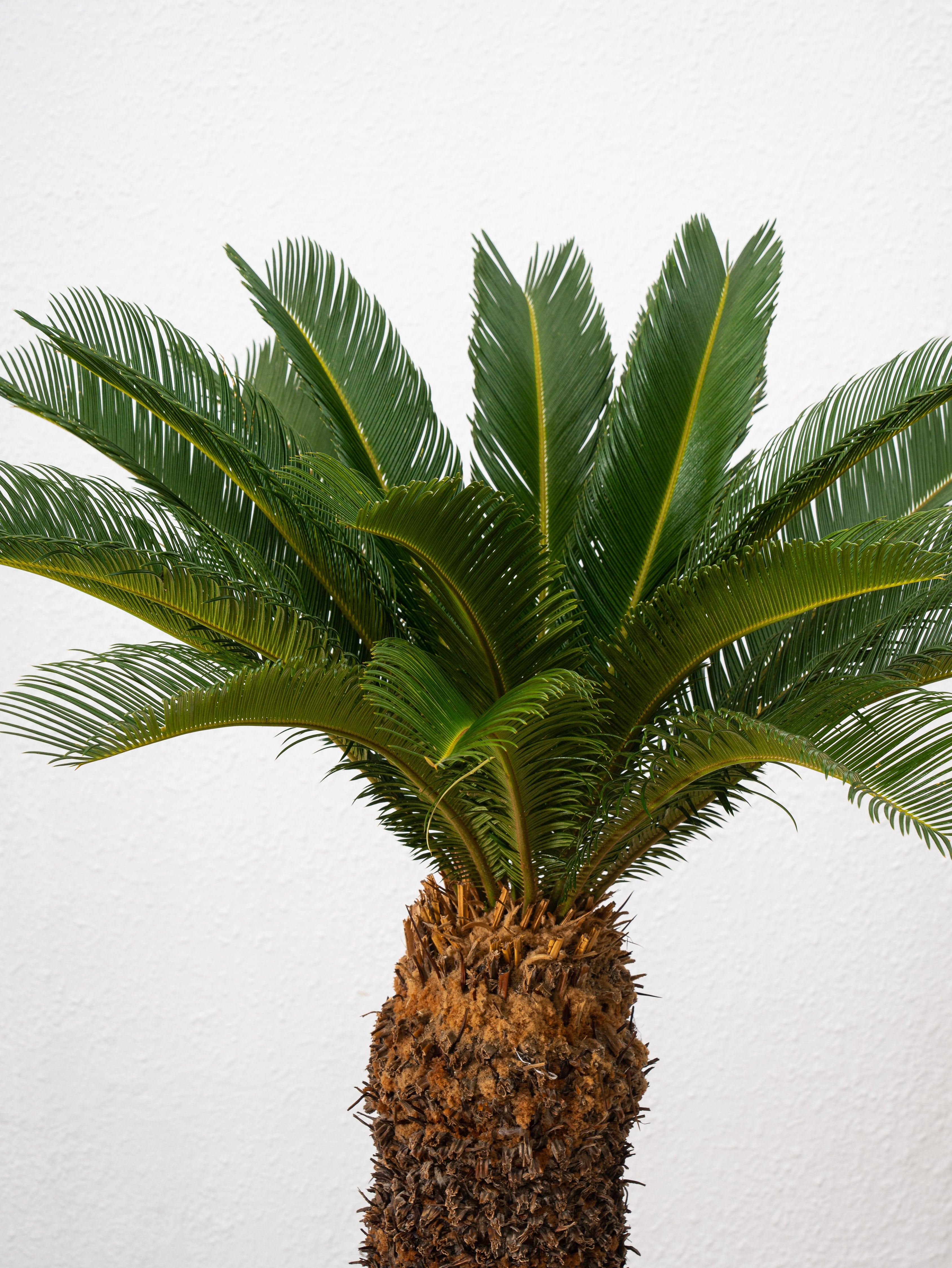
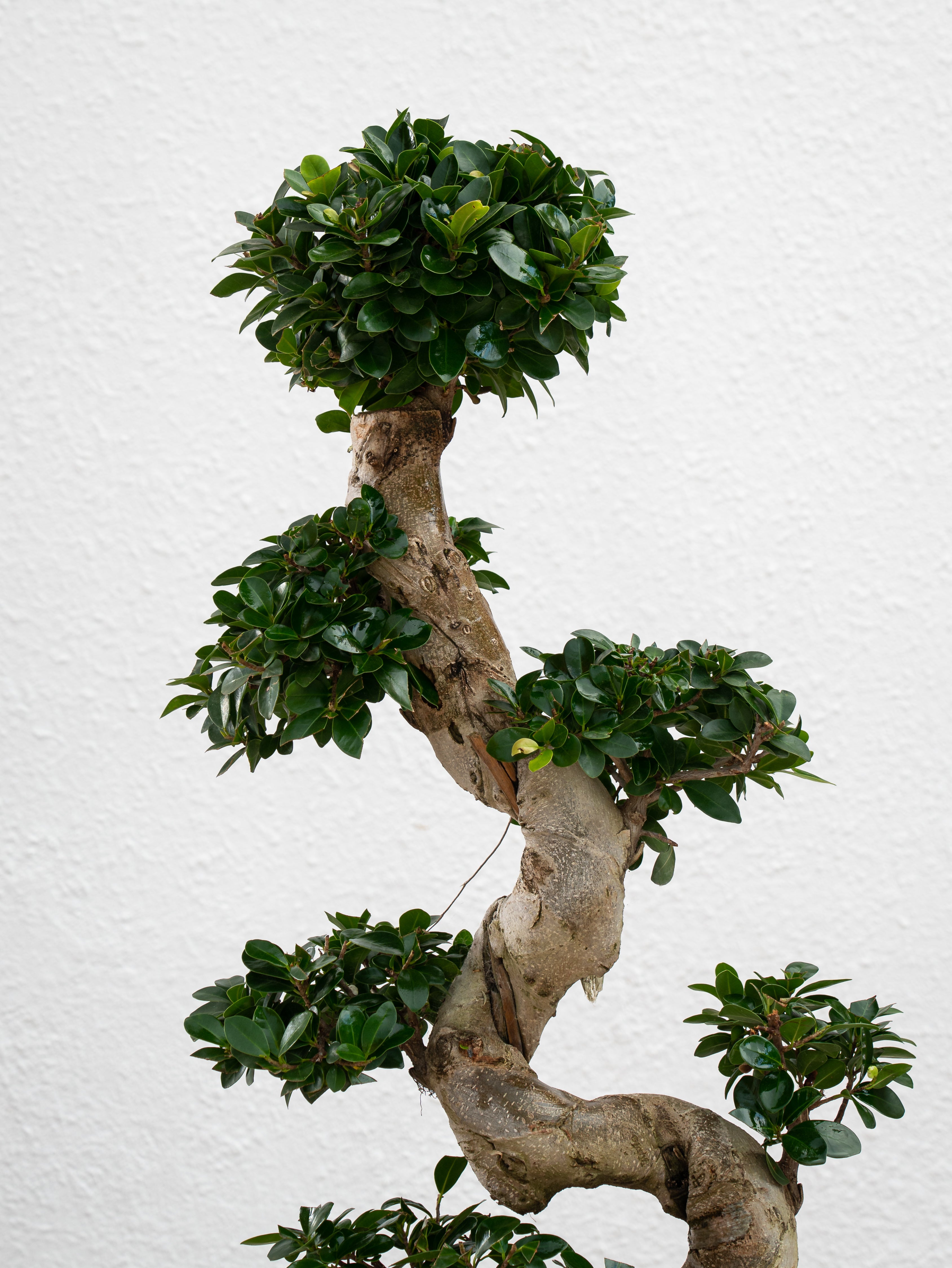
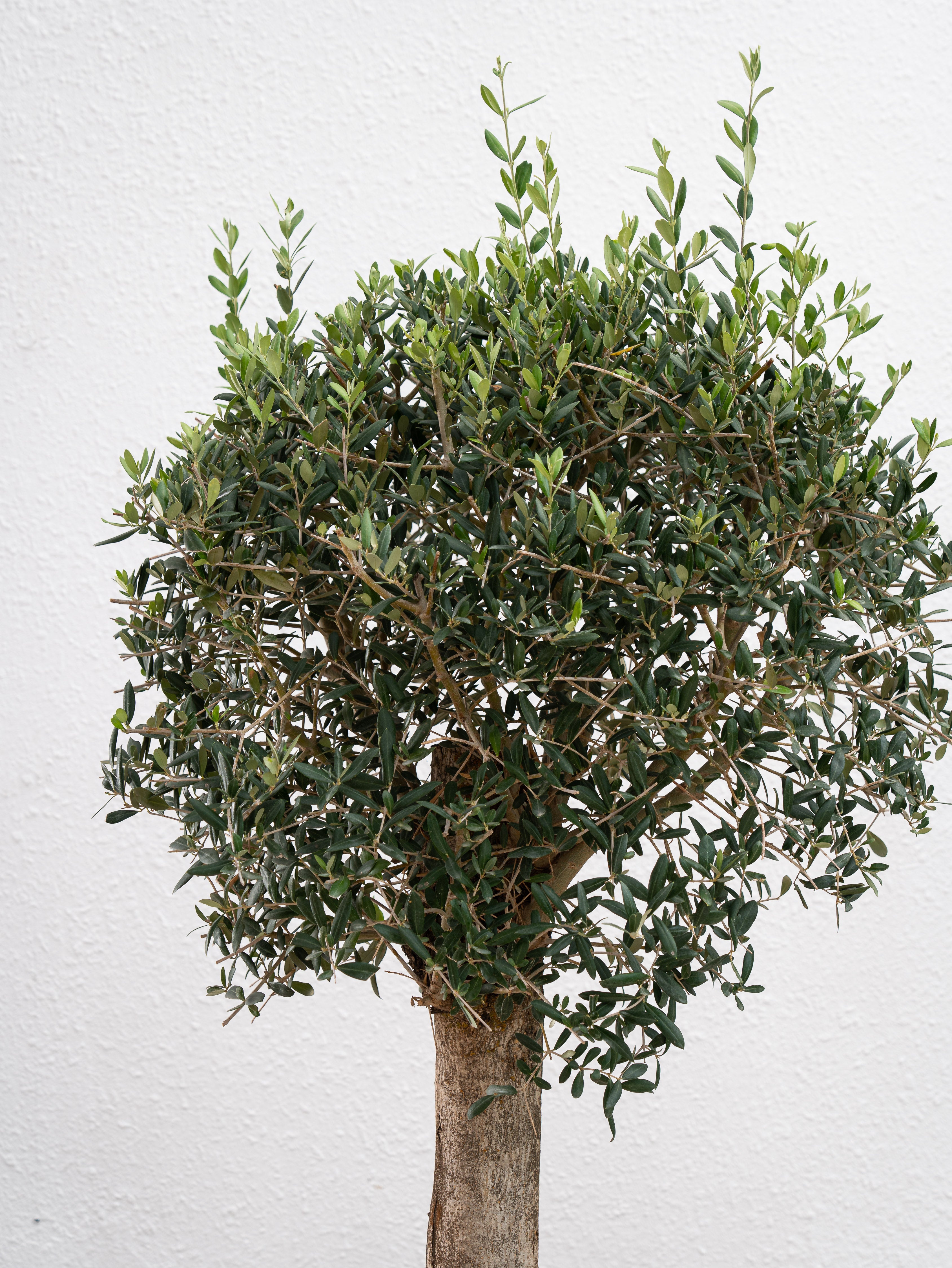
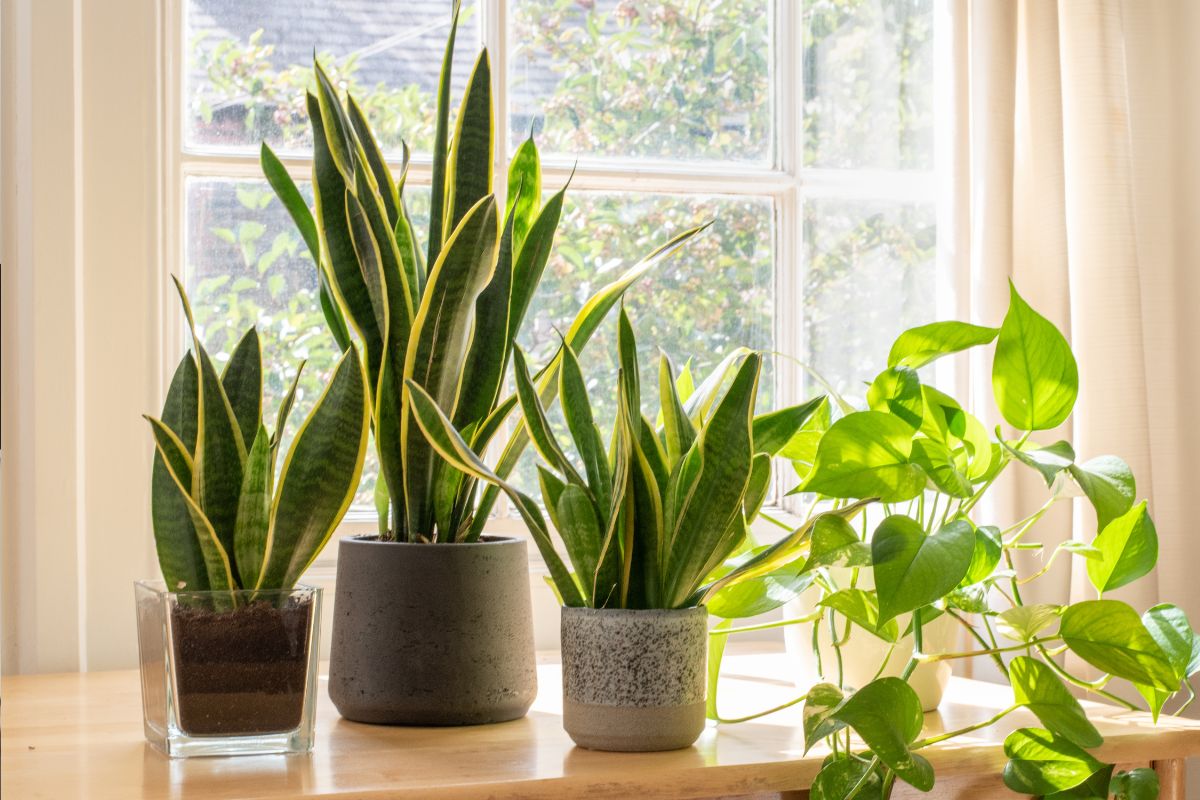

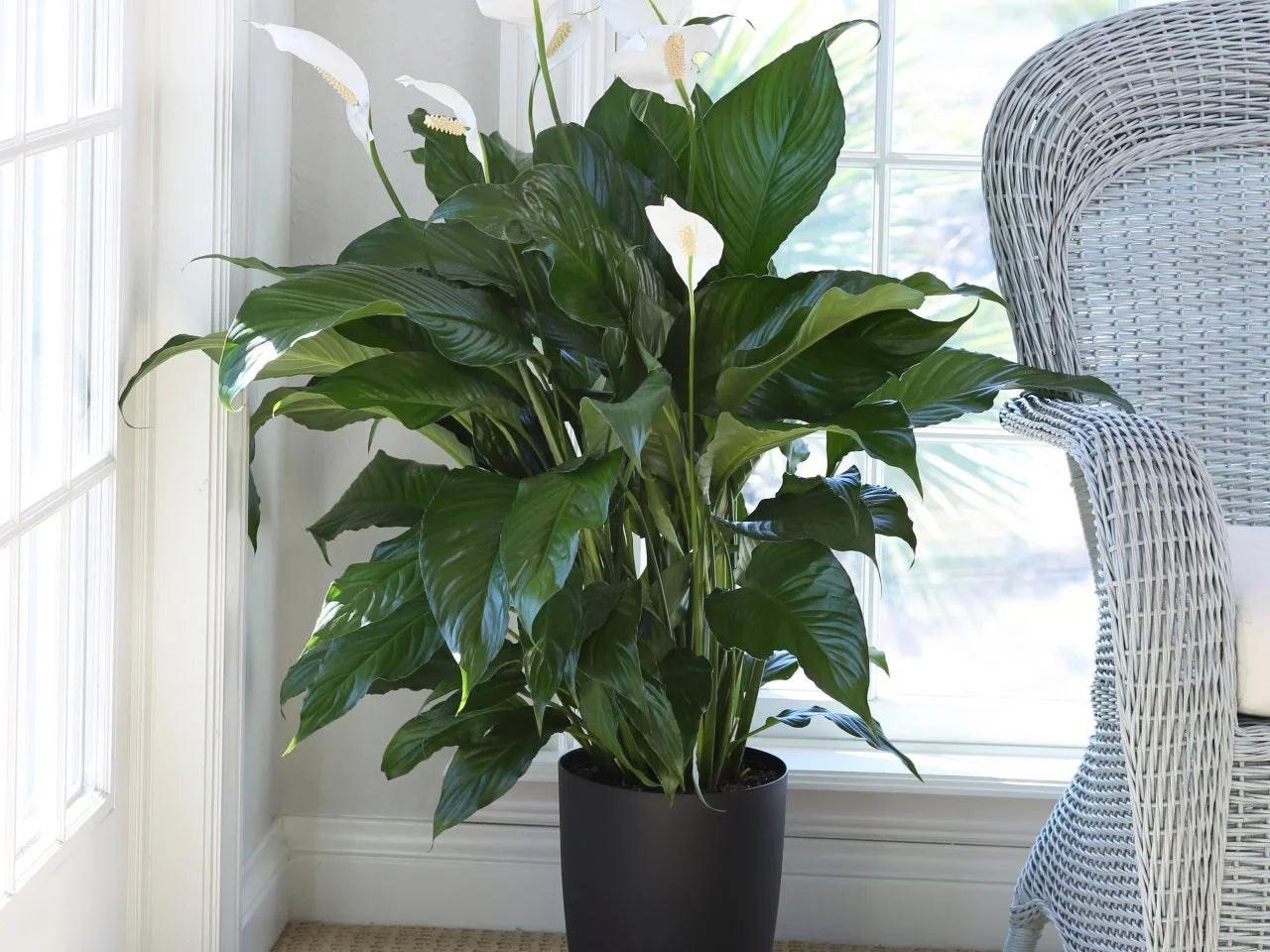
Leave a comment
This site is protected by hCaptcha and the hCaptcha Privacy Policy and Terms of Service apply.